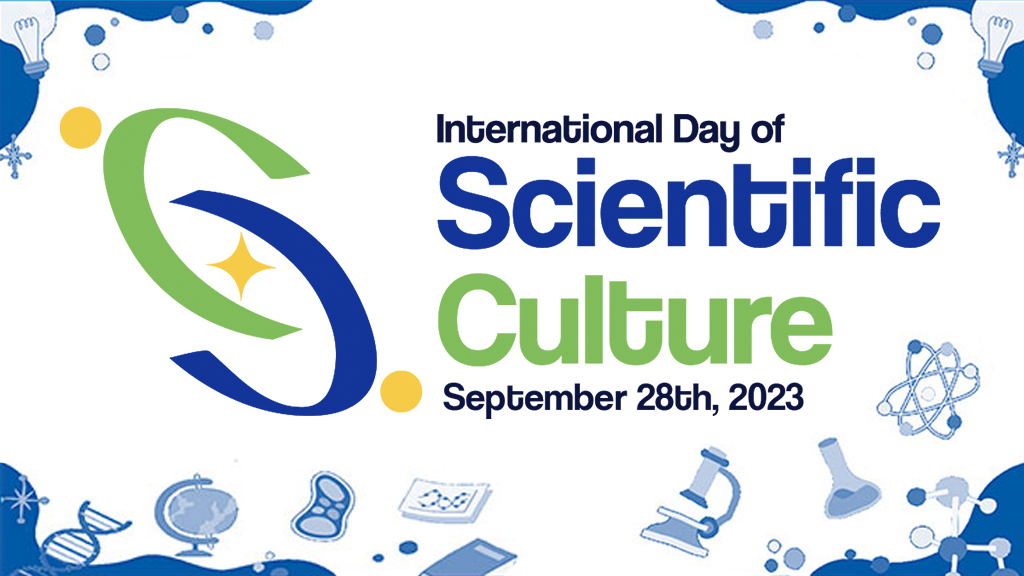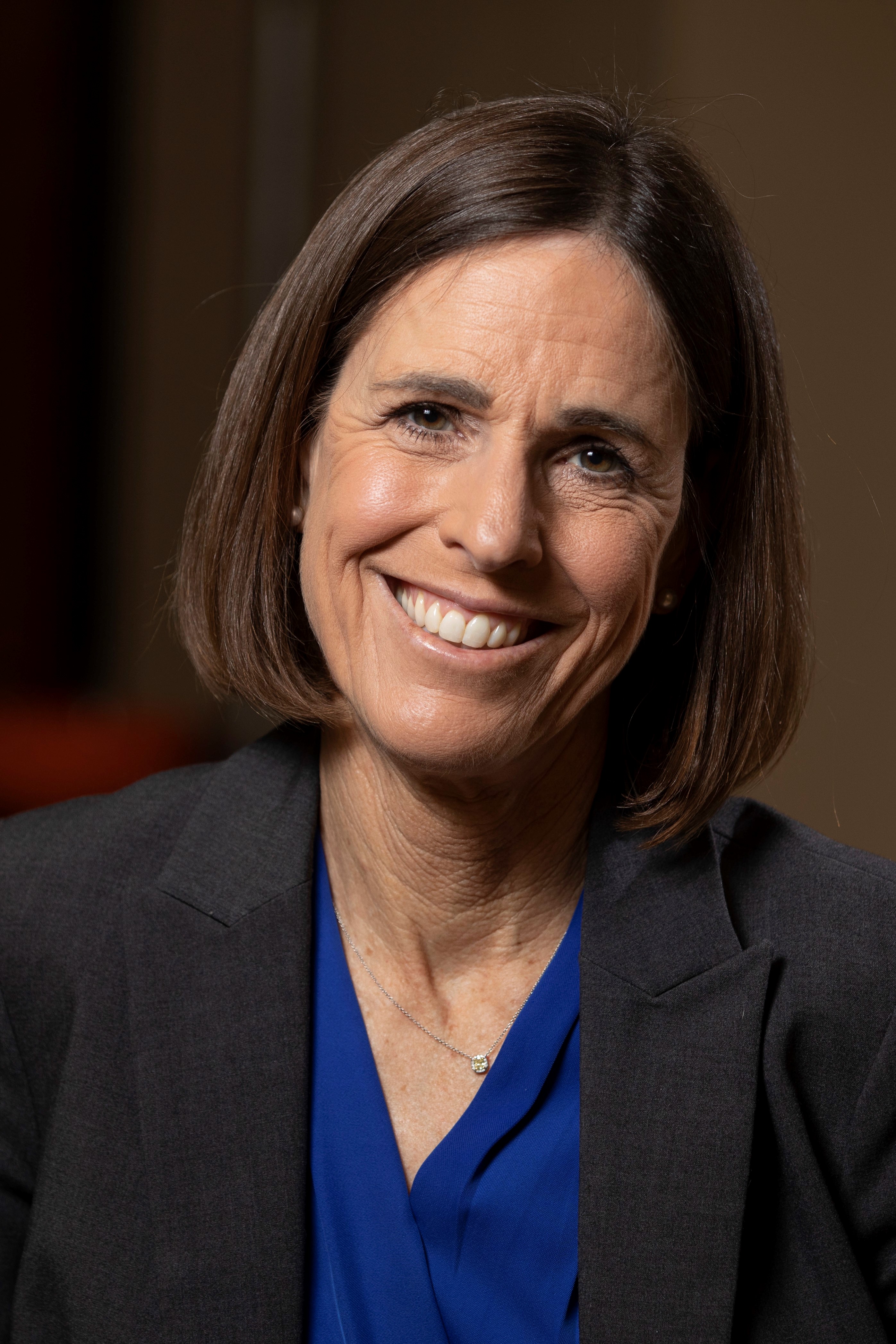The Global Importance of Science Education
By Julie A. Luft, Ph.D., NSTA President 2023-2024
Posted on 2023-09-05

Disclaimer: The views expressed in this blog post are those of the author(s) and do not necessarily reflect the official position of the National Science Teaching Association (NSTA).
As a science educator in higher education, I certainly have my own viewpoints about science education. However, as the current President of the National Science Teaching Association (NSTA), I have an obligation to understand how NSTA envisions the future of science teaching and learning. Fortunately, there is a sweet spot between NSTA and me. It’s the perfect middle of a Venn diagram, and it consists of an area that recognizes the global importance of science literacy.
While NSTA’s vision statement isn’t explicit about the global nature of science literacy, it does recognize the importance of a scientifically literate society. NSTA’s vision statement also points to education as the critical action in attaining a society that can make informed scientific decisions. The NSTA vision statement is clear and concise about the necessity of science for all. In case you haven’t seen the statement lately, here it is: Science literacy and education are recognized as vital to the future of our society, enabling us to make informed decisions about the collective challenges we face.
NSTA’s commitment to science literacy and education at a global scale is now adopting a more public perspective. NSTA has officially signed on to participate in the International Day of Scientific Culture (IDSC) on September 28. In joining more than 200 global organizations, NSTA is committing to elevating science literacy and science education. By participating in IDSC with other organizations worldwide, we are contributing to a unified stance about the global importance of science. A listing of specially curated NSTA resources in celebration of IDSC are listed below.
As this day draws near, I want to make a few points about the global importance of science. First, as educators in the preK–16 and informal areas, the future is in our hands. The knowledge gained by those we work with today will be essential in addressing some of the most pressing problems society will face in the years ahead. Managing climate change, ensuring an adequate food and water supply, and pursuing efficient energy sources are some of society’s most pressing challenges. The knowledge and skills learned today will be essential in contemplating and meeting these challenges.
How educators create this learning environment is my next point. It is important that all members of society experience science as both “what is known” and “a way of understanding.” Having only one or the other does not represent the true nature of science. In the United States, we are fortunate to have A Framework for K–12 Science Education ([Framework], NRC 2012), which offers a vision for K–12 science instruction. Embraced by the science education community, the Framework points to crosscutting concepts, disciplinary core ideas, and science and engineering practices as essential in the teaching of science. These three areas are combined during instruction to create three-dimensional (or 3-D) instruction. When students learn through 3-D instruction, they are doing science and building their knowledge about important science ideas. The most important part of this instruction occurs as a teacher explicitly discusses the different dimensions with students. When the teacher is explicit, students can clarify their understanding of the concepts, ideas, and practices.
My last point is that the IDSC is a time for us to renew our commitment to understanding who has access to science. Science, as a culture, has not always been equitable, inclusive, or just, even though it strives to be objective. For instance, in the preK–12 setting, not all students have had access to high-quality science instruction, nor are all students encouraged to participate in science. As a result, our STEM workforce does not have the diversity that represents the talent to do science that exists in society. Science teachers and informal educators are well aware of the various issues that have deprived many of opportunities to engage in and persist in science.
Fortunately, conversations about equity, diversity, and inclusion are becoming more common in educational settings. They boldly draw attention to and name inequities to ensure everyone will learn and experience science. These conversations are essential, especially if we want to ensure the development of a scientifically literate society.
It is important that NSTA, with its approximately 40,000 members, is taking a stand about the global importance of science education. It’s a statement about the important work accomplished by our members and the science education community. It is a statement about the importance of science in our future.

Julie A. Luft, Ph.D., is the president of the National Science Teaching Association. She began serving her one-year term on June 1, 2023. She is currently a Distinguished Research Professor and Athletic Association Professor of Mathematics and Science Education in the Mary Frances Early College of Education at the University of Georgia in Athens, Georgia. She joined the University of Georgia faculty in 2012.
The mission of NSTA is to transform science education to benefit all through professional learning, partnerships, and advocacy.
NSTA Resources
NSTA Press books
- The STEM Roadmap Curriculum series
- Crosscutting Concepts
- Disciplinary Core Ideas
- The NSTA Atlas of the Three Dimensions
- Activating Student Ideas
Lesson Plans
Blog Posts
- Next Gen Navigator: How Phenomena Can Promote Student-Centered Learning
- Next Gen Navigator: Enhancing Students’ Science Learning Using Phenomena
- Next Gen Navigator: Asking Questions and Defining Problems by Making Cultural Connections
Archived Web Seminars
- Science Update: State of the Climate 2022
- Science Update: See Level Rise – What It Is; Why It’s Such a Problem; What We Can Do About It
- Science Update: Food Agriculture – The Plant Scientist’s Toolbox
- Science Update: The Amazon: Why We Should Care and What We Should Fear
Journal Issues & Articles
- The Science Teacher, special issue of immunization and COVID
- Science Scope: Playing with Garbage
- Science and Children: It Takes a Village
- The Science Teacher: The Air We Breathe
- Connected Science Learning: There and Back: How a Global Pandemic Shaped Youth Programming
- The Science Teacher: Culturally Relevant and Culturally Responsive
- Science and Children: Crossing Linguistic and Cultural Borders
- Connected Science Learning: Expanding Earth Science Learning Through International Collaboration
NSTA Collection
Citizen Science Equity General Science Literacy News Three-Dimensional Learning


